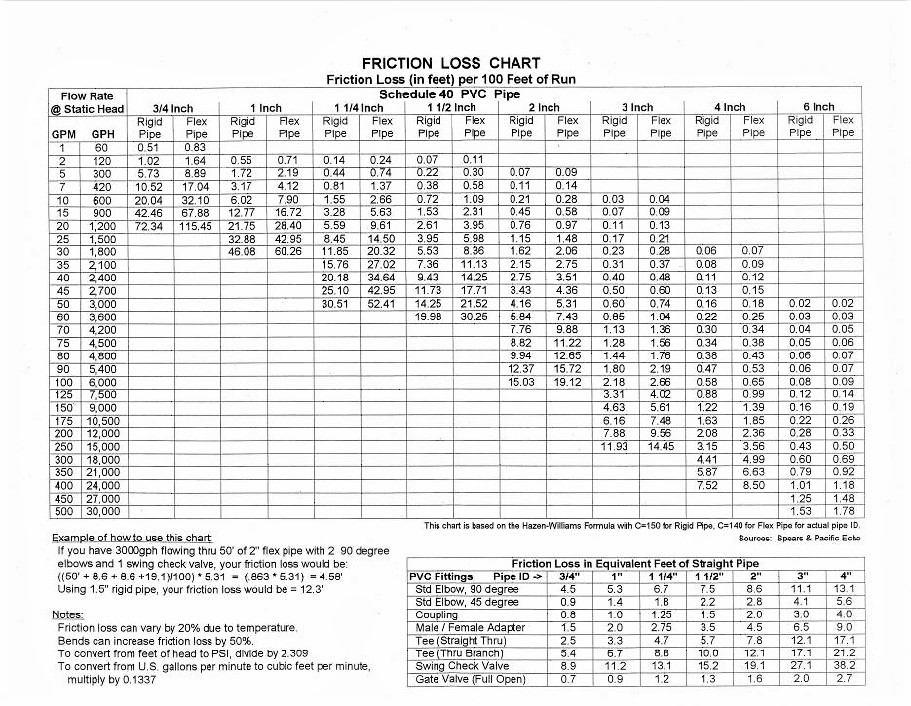Learn how to Find the Right Hose for your Pond Pump
Finding the right hose for your pond pump is not rocket science, but there is a science to it. Here we explain the determining factors for proper hose sizing so you can enjoy the exact water flow you desire.

Most pipes or hoses are measured by their inside diameter. This measurement is taken on the inside walls of the hose and cuts across the very center from one side to the other. The inside diameter (ID) is what we mean when we discuss “sizing” the hose to your pump.
As water is pushed through a hose, the walls of the hosing shape the water, creating friction. As friction builds, resistance is put on the pump and the flow of water is restricted which reduces the amount of water coming out of the other end. This is what we call friction loss.
Too much resistance can put strain on some water pumps and cause them to overheat, or “burn up”. Not enough resistance can have the same outcome with other pumps.
Let’s take a look at a few major variables that affect friction loss:
1.) Head Height: The difference in elevation (in feet) between the surface of pond water and the top of the weir (spillway) is what you need to measure here. This is important because it adds to the amount of resistance that is being put on the pump.
- Direct Drive pumps (like Atlantic’s A-Series and L-Series) are designed with lots of power to pump pond water up to higher elevations.
- Mag-Drive Pumps (like Atlantic’s MD-Series) and A-Synchronous Pumps (like Atlantic’s TT-Series) are designed to pump larger amounts of water but for lower elevations.
2.) Length: The longer the hose runs from the pump to the falls box, the more friction that builds up inside the hose. A long run is okay if you compensate with a larger inside diameter hose and a larger pump.
To simplify, a basic guideline is this: for every ten foot (10’) of hose length you will need, add one foot to the measurement for head height. For example, for 30 feet of hose, add 3 feet to the difference between the surface of the pond and where the water comes out at the top of the spillway.
3.) Flow Rate: A higher flow rate will demand an increase on the inside diameter of the hose that you need. If you’ve read our blog “How to Choose the Perfect Pump for the Perfect Waterfall,” then you have already determined the type of flow you desire for your water feature.
- A “Trickle”
- A “Sheer Sheet”
- The “Niagara”
Start with picking the pump and then apply the factors we discussed above. The friction loss chart below will help you determine the correct size hose to use with your pond pump.

For an all-encompassing look at sizing the correct pump & hose for your waterfall, click HERE to see a handout from Atlantic Water Gardens.
RELATED BLOG POSTS:
- How to Choose the Perfect Pump for the Perfect Waterfall: Choosing the Best Flow to Fit your Design
- The World of Water Pumps: Choosing the Right Pump for Ponds, Waterfalls and Fountains
